Ibamdong Ireonmase Onda (입암동이런맛에온다)
3.3Km 2021-03-25
4-1, Ibam-ro 148beon-gil, Gangneung-si, Gangwon-do
+82-33-643-7831
It is a place where you can enjoy grilled special pork parts. This Korean dishes restaurant is located in Gangneung-si, Gangwon-do. The most famous menu is grilled special cuts.
Myeonggawangjokbal - Gangneung Branch (명가왕족발 강릉)
3.4Km 2021-03-23
71, Woldaesan-ro, Gangneung-si, Gangwon-do
+82-33-653-8783
With a large hall, it is a good place for gatherings and group dinners. The best menu at this restaurant is braised pigs' feet. This Korean dishes restaurant is located in Gangneung-si, Gangwon-do.
Bamtol Kalguksu (밤톨칼국수)
3.4Km 2021-03-25
6, Hapyeong, 2-gil, Gangneung-si, Gangwon-do
+82-33-652-6692
This is where you can enjoy Kalguksu (chopped noodle soup) with seafood. The best menu at this restaurant is noodle soup. This Korean dishes restaurant is located in Gangneung-si, Gangwon-do.
Eommason Makguksu (엄마손막국수)
3.4Km 2021-03-25
40, Unjeong-gil, Gangneung-si, Gangwon-do
+82-10-2604-9101
Makguksu is made of hand-kneaded 100% buckwheat. This Korean dishes restaurant is located in Gangneung-si, Gangwon-do. The representative menu is buckwheat noodles.
Cheongsong Jangkalguksu (청송장칼국수)
3.5Km 2021-03-25
14, Gyeonggang-ro 2323beon-gil, Gangneung-si, Gangwon-do
+82-33-651-1472
A restaurant that is well-known among residents in Gangneung and tourists. The best menu at this restaurant is spicy noodle soup. This Korean dishes restaurant is located in Gangneung-si, Gangwon-do.
Seongyojang [Korea Quality] (강릉선교장 [한국관광 품질인증])
3.6Km 2023-12-14
63, Unjeong-gil, Gangneung-si, Gangwon-do
+82-10-3479-3270
Seongyojang House in Gangneung, Gangwon-do, is a Joseon period nobleman's dwelling with more than 100 rooms. Originally built by Moogyeong Lee Naebeon, a descendant of Prince Hyoryeong - the older brother of King Sejong the Great - it has since been frequently updated. With 12 gates and many buildings, Seongyojang is one of the largest surviving traditional houses in Korea. Halraejeong Pavilion was a resting place for Joseon scholars touring the sites of Gangwon-do, it’s famous signboard left by the scholar Chusa Kim Jeonghui. For the convenience of guests, modern toilets and showers are installed in all rooms.
Daebak Jangteo Someori (대박장터소머리국밥)
3.6Km 2021-03-25
302-14, Seongdeok-ro, Gangneung-si, Gangwon-do
+82-33-651-1147
It is a place where you can enjoy various types of Gukbap (rice soup). The best menu at this restaurant is beef head meat soup. This Korean dishes restaurant is located in Gangneung-si, Gangwon-do.
Timaru (티마루)
3.6Km 2021-03-25
25, Nangok-gil, Gangneung-si, Gangwon-do
+82-33-644-1651
A place where you can enjoy various Western dishes. This Western dishes restaurant is located in Gangneung-si, Gangwon-do. The most famous menu is pork cutlet.
Banggane Hwaro Gui (방가네화로구이)
3.7Km 2021-03-25
72, Hapyeong-gil, Gangneung-si, Gangwon-do
+82-33-651-0022
A hidden restaurant where local residents go. This restaurant's signature menu is grilled skirt meat. This Korean dishes restaurant is located in Gangneung-si, Gangwon-do.
Residencia Seongyojang en Gangneung (강릉 선교장)
3.7Km 2021-11-29
Unjeong-gil 63, Gangneung-si, Gangwon-do.
En el pasado, Seongyonjang fue la residencia de Naebeon Lee (1703-1781), de una clase social alta, proveniente de una familia noble de la ciudad de Gangneung, provincia de Gangwon-do. Este lugar fue designado como Tesoro Nacional en 1965. “Seon”, de Seongyojang, tiene el significado de barco. El lago Gyeongpoho estaba justo frente a Seongyojang cuando esta fue construida, por lo que era más accesible en barco. En el pasado, el lago Gyeongpoho tenía una circunferencia de 12 km, pero con el tiempo, su tamaño disminuyó en unos 4 km y la profundidad de entre 1 y 2 metros. Las diez generaciones que le siguieron a Naebeon Lee continúan viviendo en Seongyojang.
La cadena mediática coreana KBS ha seleccionado esta residencia como una de las 10 residencias originales mejor preservadas de Corea, construida hace más de 300 años. Yeolhwadang es considerada como la estructura más importante de esta residencia, y es en donde habitaban los hombres de la casa. Esta estructura recibió su nombre porque tiene el significado de prosperidad y felicidad de la familia. Actualmente, se puede ver que hay una terraza, que no es común en las residencias tradicionales coreanas, que fue un presente de la legación rusa. Otra de las estructuras dignas de ser mencionadas es el pintoresco pabellón Hwallaejeong. Esta estructura fue construida en 1916 y se ubica dentro de la entrada principal. Las flores de loto que llenan el estanque de la residencia conforman la imagen de un cuadro tradicional coreano.
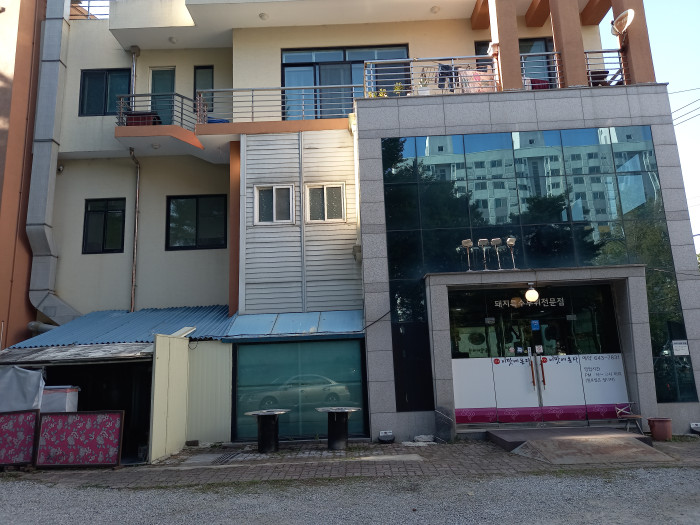
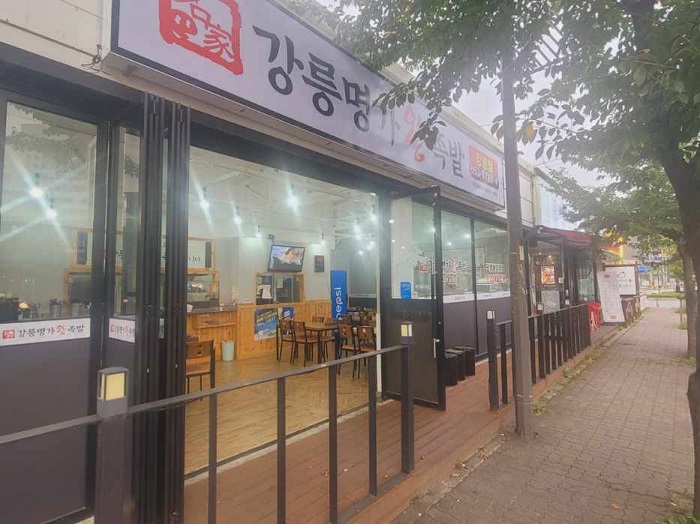
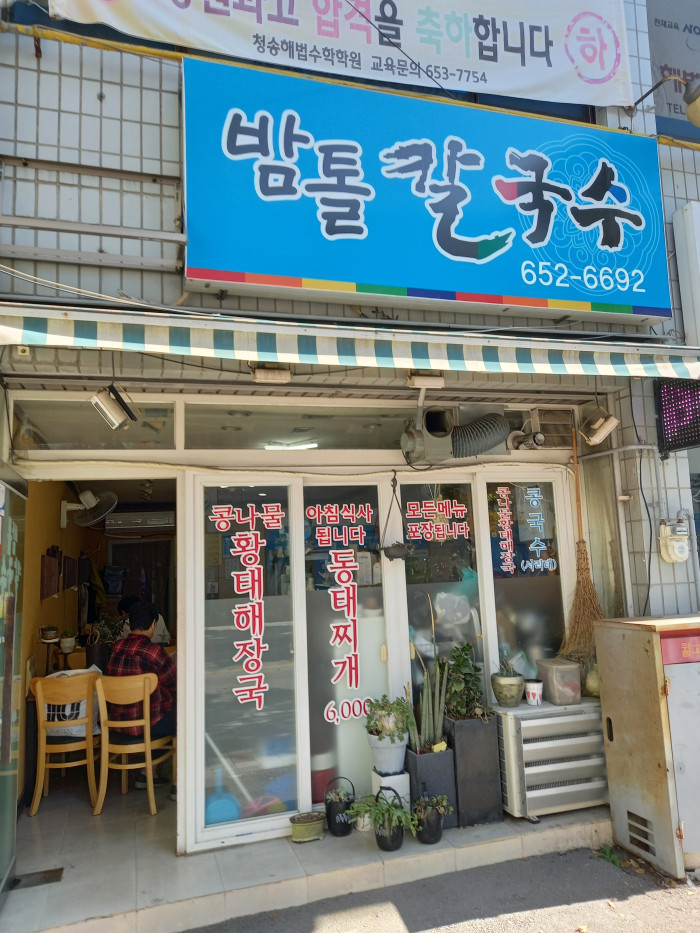
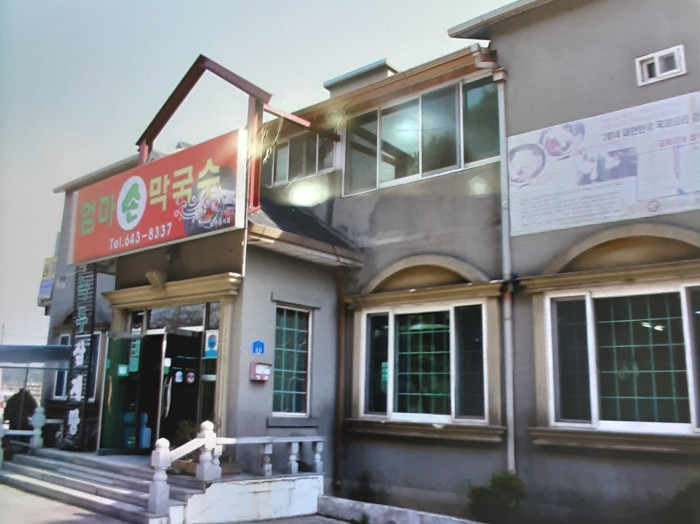
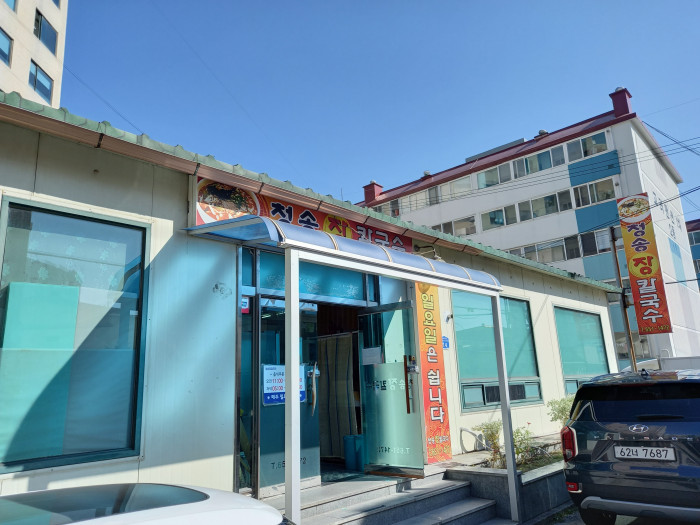
![Seongyojang [Korea Quality] (강릉선교장 [한국관광 품질인증])](http://tong.visitkorea.or.kr/cms/resource/23/2578923_image2_1.jpg)
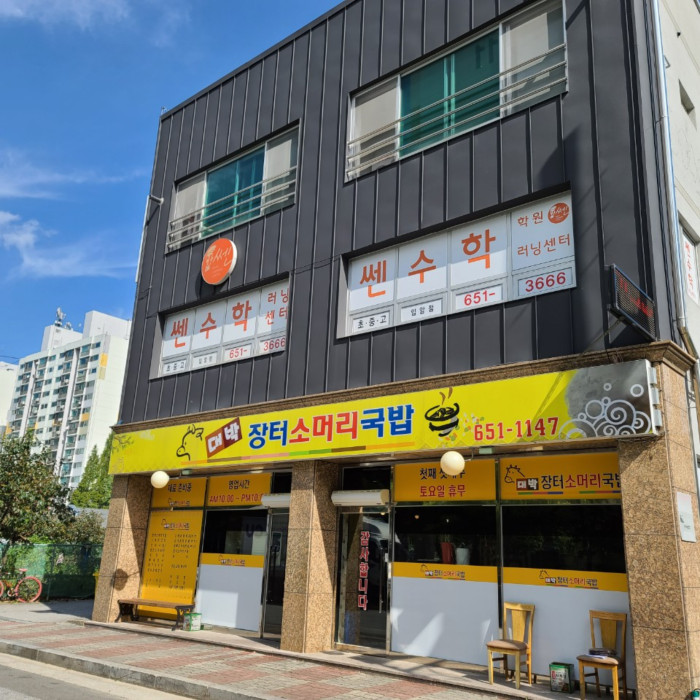
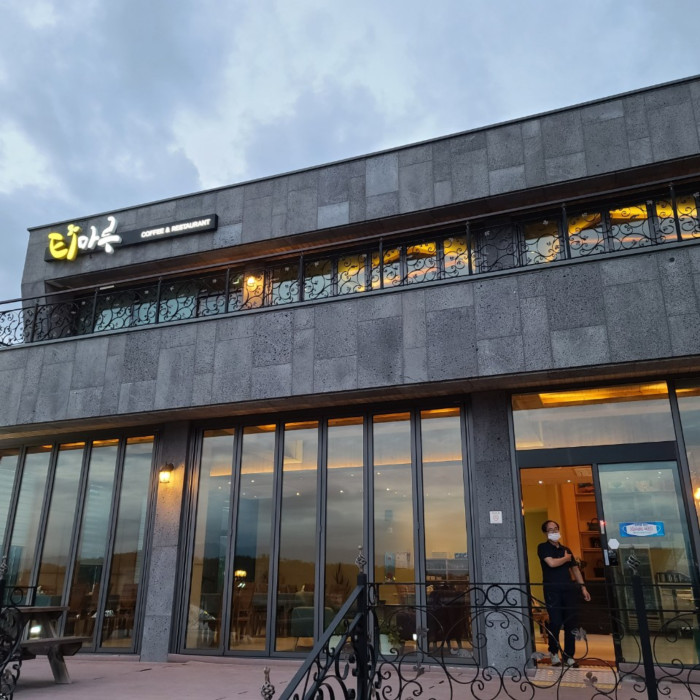
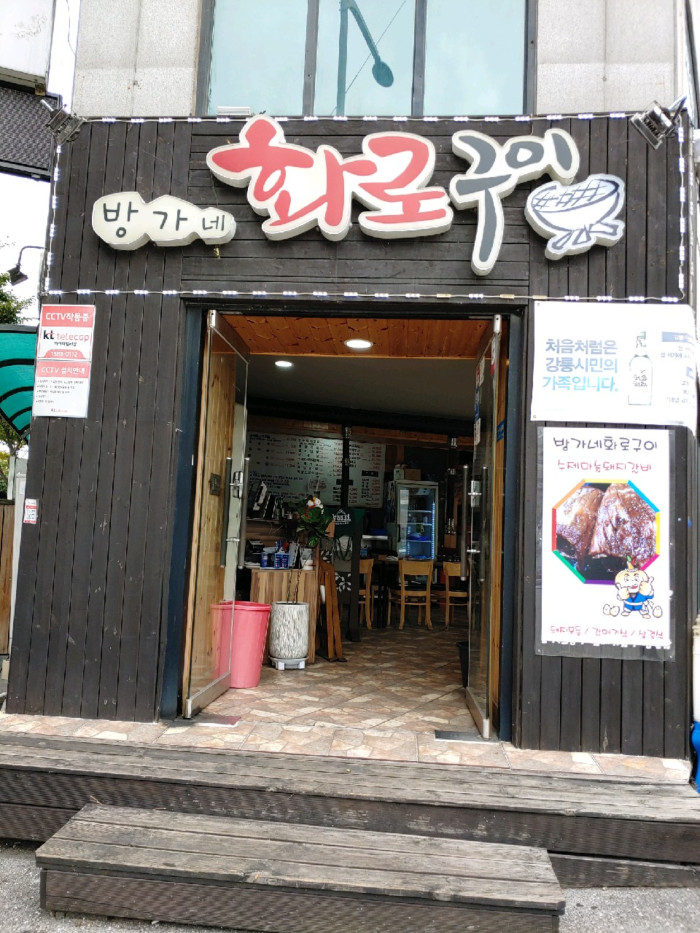
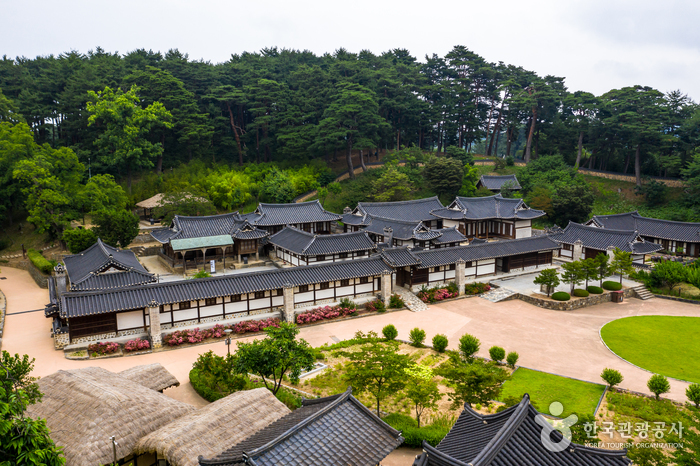
 Español
Español
 한국어
한국어 English
English 日本語
日本語 中文(简体)
中文(简体) Deutsch
Deutsch Français
Français Русский
Русский